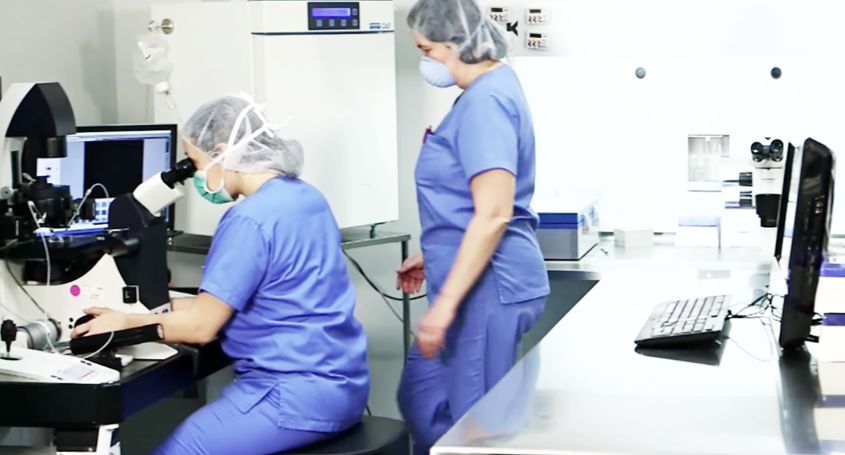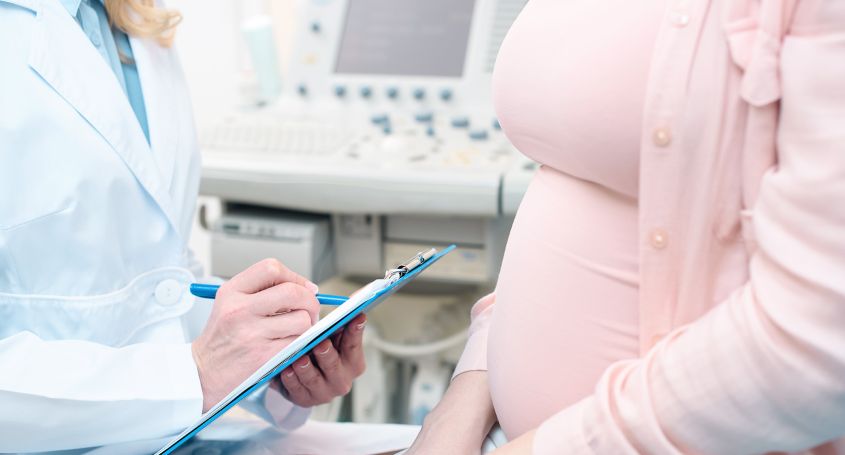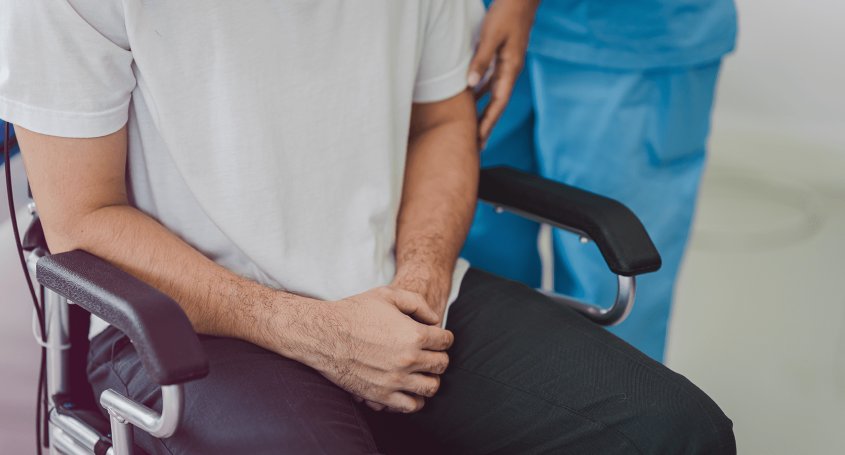The blastocyst is the embryonic stage at day 5 of development. During the first few days of development, the embryo divides itself until it forms a small clump. Just before the fifth day of development, the embryo restructures itself to form a small ball of about 200 cells that are empty inside, the blastocyst. This blastocyst will implant itself in the uterus and continue to grow until it forms the foetus and part of the placenta.
Development into a blastocyst
Once fertilised, the vast majority of embryos grow until day 3 of development. By day 3, the embryo has divided itself a couple of times and we can assess its quality by observing its morphology and cell number. Up to this day, the embryo depends mostly on the oocyte quality. However, on day 3, the embryo's genome is activated, and the embryo begins to develop on its own. Embryos with a defective genetic endowment or any other problem will not be able to overcome this step and will not be able to reorganise themselves to form a blastocyst. This is why blastocyst culture is considered to be a process of embryo selection, where only the best quality embryos with a higher probability of implantation will thrive, while those of poorer quality will be blocked in their development.
Advantages and disadvantages of blastocyst transfer
The main advantage of blastocyst transfer is that it allows us to perform a better selection of embryos. Only embryos with a real capacity to implant and able to lead to a gestation will be able to reach the stage of the blastocyst.
This selection allows the transfer of a single embryo as the chances of pregnancy with one blastocyst are equal to those of transferring two embryos at day 3, while eliminating the risk of a possible twin pregnancy. Also, the number of embryos left over for vitrification is lower, as only those that have passed the first few days of development are frozen.
Finally, as it is the natural stage of implantation, it allows a better synchronisation between the woman's endometrium and the embryo. The embryo will implant itself only one or two days after the transfer.
The disadvantage is that blastocyst culture exposes the embryo to prolonged culture and in vitro culture conditions that not all embryos will be able to overcome. Thus, a patient with a good number of embryos at day +3 may have few or none at day +5. It is important to know the blastocyst culture rates of the centre where you undergo a treatment as only laboratories with high technology and exhaustive controls can offer the best blastocyst rates. If the laboratory does not have a good rate or good experience, they should not recommend long culture.
Blastocyst rate
Nowadays, the improvement of in vitro culture conditions with more specific culture methods has made it possible to lengthen the culture until reaching the blastocyst stage, achieving rates between 40% and 60% of the embryonic cohort. The team of embryologists will evaluate the blastocyst according to the morphology of its cells and its degree of expansion. High quality blastocysts can achieve a pregnancy rate of 60% with the transfer of a single embryo.















